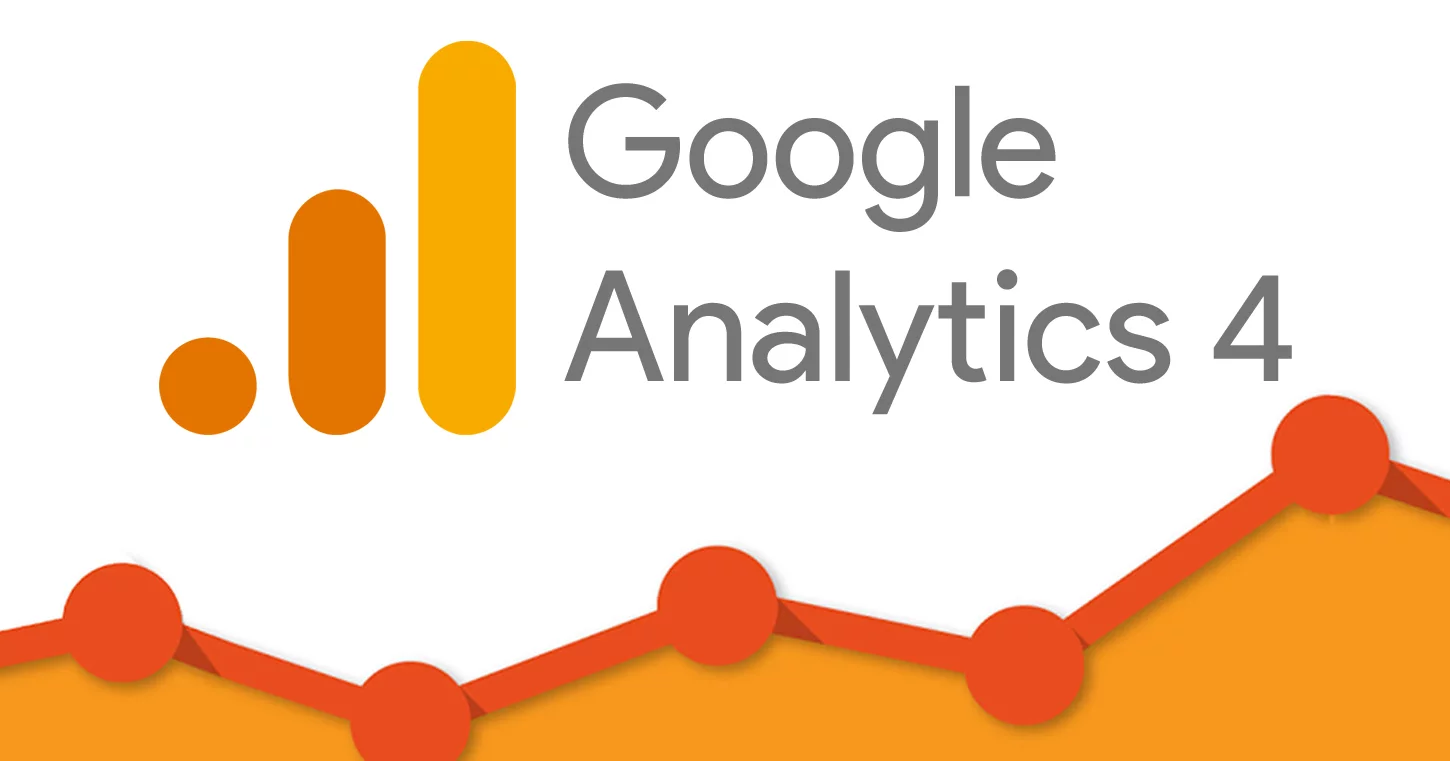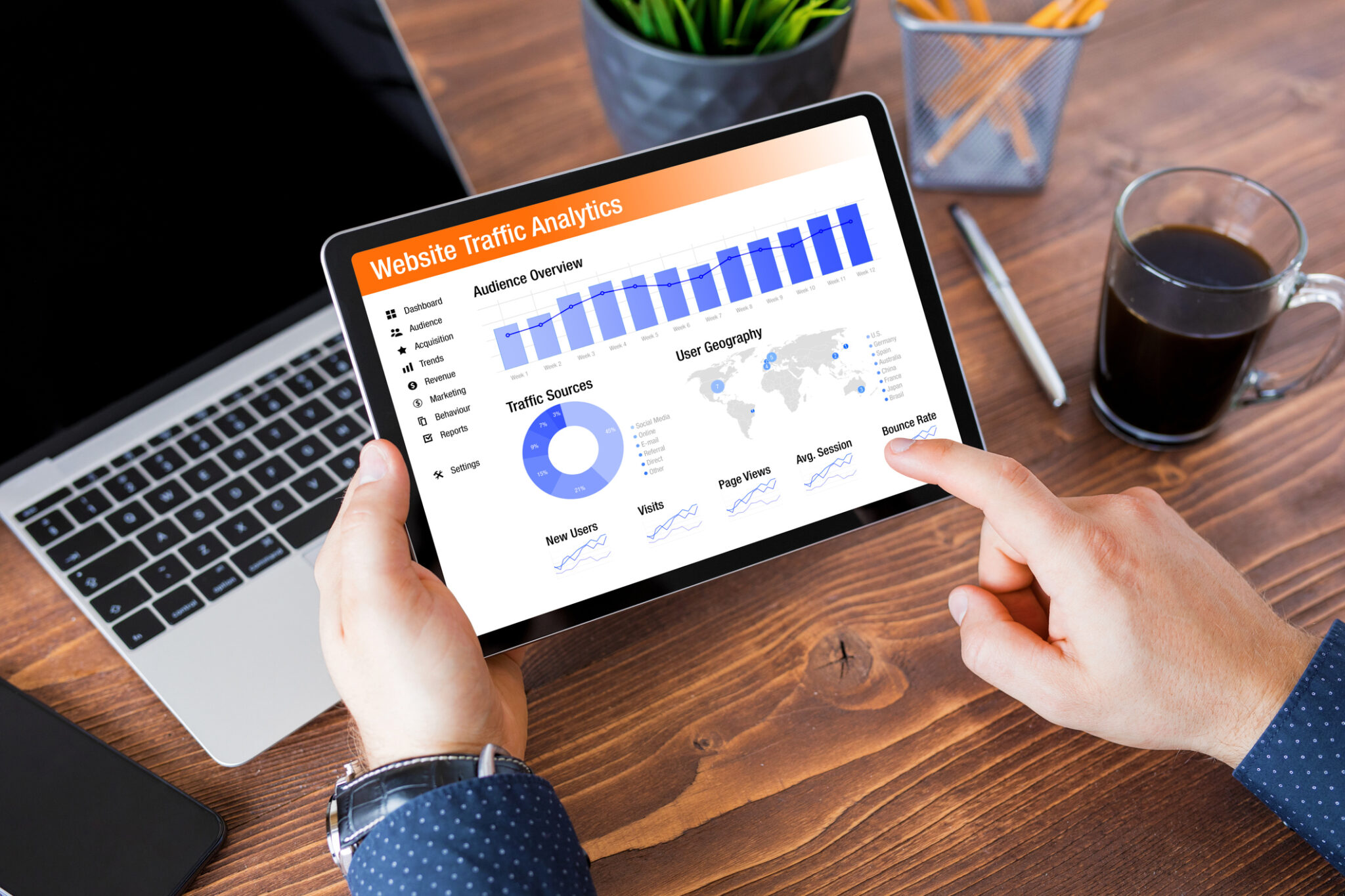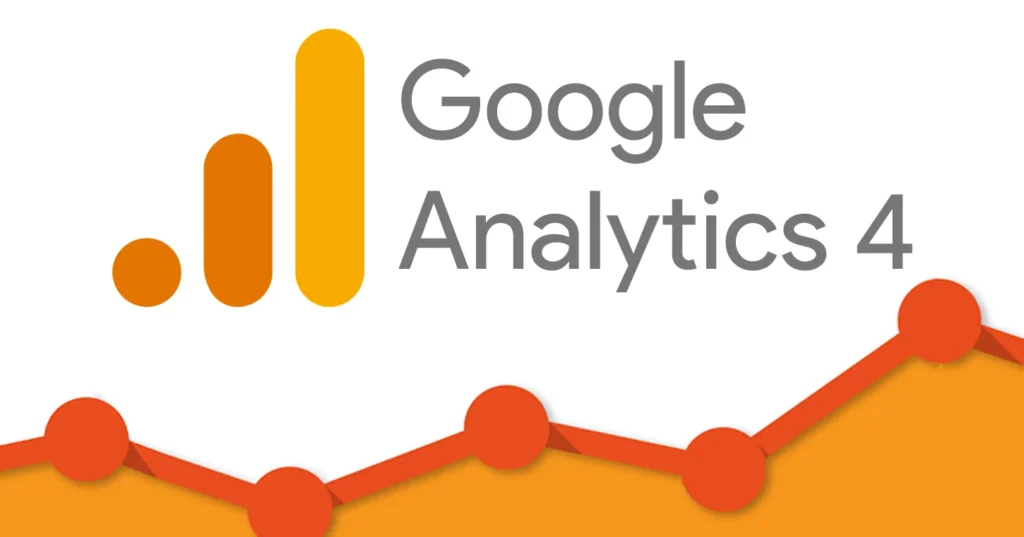In today’s highly competitive digital landscape, understanding your customers’ journey is crucial to driving sales and growing your business. Google Analytics offers powerful tools to track, analyze, and optimize every step of your conversion funnel, helping you turn visitors into loyal customers. Whether you’re new to Google Analytics or looking to deepen your expertise, mastering conversion funnel optimization can unlock valuable insights that lead to higher conversions and increased revenue. In this blog post, we’ll explore the top strategies to optimize your conversion funnel using Google Analytics, empowering you to make data-driven decisions that boost your sales and elevate your ecommerce success.
1. Understanding the Conversion Funnel in Google Analytics
Understanding the Conversion Funnel in Google Analytics is essential for any business looking to boost sales and improve customer experience. The conversion funnel represents the journey visitors take from their first interaction with your website to completing a desired action, such as making a purchase or signing up for a newsletter. Google Analytics provides powerful tools to visualize and analyze this funnel, allowing you to identify where users drop off and which stages need improvement. By tracking key metrics at each step—awareness, consideration, decision—you gain valuable insights into user behavior and pain points. This understanding enables you to make data-driven decisions to optimize your website content, streamline the user experience, and ultimately increase conversion rates. Mastering the conversion funnel in Google Analytics is the foundation for turning casual visitors into loyal customers and driving sustained business growth.
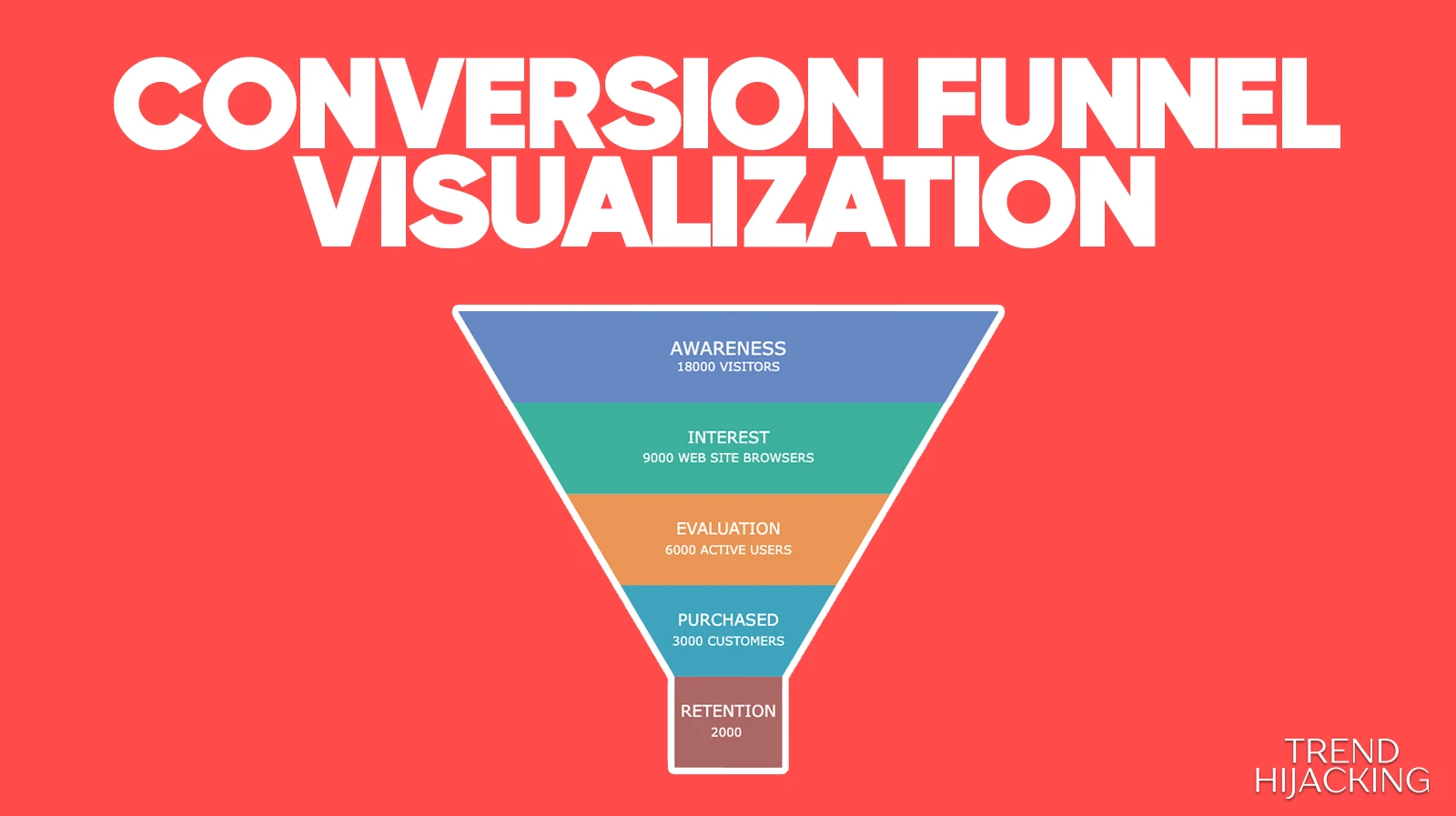
2. Setting Up Goals and Funnels for Accurate Tracking
One of the foundational steps in mastering Google Analytics for conversion funnel optimization is setting up precise goals and funnels to ensure accurate tracking of user behavior. Goals in Google Analytics represent specific actions you want visitors to complete on your website—whether it’s making a purchase, signing up for a newsletter, or downloading a resource. By clearly defining these goals, you can measure how effectively your site drives desired outcomes.
To take this a step further, setting up funnels allows you to map out the exact path visitors should follow to complete a goal. This visualization highlights each stage of the customer journey, from the initial landing page through to the final conversion. By tracking where users drop off in the funnel, you gain valuable insights into potential obstacles or friction points that may be hindering conversions.
When setting up goals and funnels, it’s important to be meticulous with the URLs and steps included. Ensure each step corresponds to a meaningful interaction or page visit that aligns with the conversion process. Additionally, use descriptive names for your goals and funnel steps to easily interpret the data later. Accurate goal and funnel tracking not only provides a clear picture of your conversion rates but also equips you with actionable information to optimize your marketing strategies and ultimately boost your sales.
3. Analyzing User Behavior at Each Funnel Stage
Understanding how users interact with your website at each stage of the conversion funnel is crucial for optimizing your sales strategy. By leveraging Google Analytics, you can gain deep insights into user behavior—from the moment they land on your site to the final purchase decision. Start by examining metrics such as bounce rates, session duration, and page views at the awareness stage to identify if your content effectively captures visitors’ attention. As users progress to the consideration phase, analyze how they navigate through product pages, add items to their cart, or engage with key calls-to-action. Pay close attention to drop-off points where potential customers abandon the funnel; these are critical areas to address, whether through improving site speed, simplifying navigation, or enhancing product information. Additionally, use behavior flow reports to visualize the paths users take and spot any unexpected detours or bottlenecks. By systematically dissecting user interactions at each stage, you can make data-driven decisions to refine your funnel, reduce friction, and ultimately increase your conversion rates.
4. Identifying and Addressing Drop-Off Points
One of the most crucial steps in mastering Google Analytics for conversion funnel optimization is identifying where users are dropping off in the sales process. Drop-off points are stages within your funnel where a significant number of visitors exit without completing the desired action, such as making a purchase or signing up for a newsletter. By analyzing your funnel reports and user behavior flow in Google Analytics, you can pinpoint these critical areas that are hindering conversions. Once identified, it’s important to dig deeper into the possible reasons behind the drop-offs—whether it’s due to confusing navigation, slow page load times, lack of trust signals, or complicated checkout processes. Addressing these issues involves optimizing the user experience through clear call-to-actions, simplifying forms, enhancing page speed, and building credibility with testimonials or secure payment badges. Regularly monitoring these drop-off points not only helps you understand your audience’s pain points but also empowers you to make data-driven changes that effectively boost your sales and improve overall conversion rates.
5. A/B Testing and Experimentation Using Google Analytics Data
A/B testing and experimentation are powerful strategies for optimizing your conversion funnel, and Google Analytics provides an excellent platform to execute and analyze these tests effectively. By creating two or more variations of a web page or element—such as headlines, call-to-action buttons, or product images—you can determine which version resonates best with your audience and drives higher conversions. Google Analytics allows you to track user behavior, engagement metrics, and conversion rates associated with each variant, giving you data-driven insights to make informed decisions. Additionally, leveraging Google Analytics’ integration with Google Optimize empowers you to set up, run, and measure A/B tests seamlessly. Regular experimentation not only helps eliminate guesswork but also uncovers subtle changes that can significantly improve user experience and sales performance. Ultimately, consistently applying A/B testing based on Google Analytics data enables you to refine your conversion funnel systematically, ensuring sustained growth and a better return on your marketing efforts.
6. Leveraging Custom Reports and Segments for Deeper Insights
One of the most powerful ways to unlock the full potential of Google Analytics is by leveraging custom reports and segments. These tools allow you to dive deeper into your data, uncovering detailed insights about user behavior and conversion patterns that standard reports might overlook. Custom reports enable you to tailor the metrics and dimensions according to your specific business goals—whether that’s tracking the performance of a particular marketing campaign, analyzing the behavior of high-value customer segments, or monitoring the effectiveness of your sales funnel at each stage. Meanwhile, segments let you isolate and examine subsets of your traffic, such as new versus returning visitors, mobile users, or customers from specific geographic regions. By combining custom reports with targeted segments, you can identify exactly where users drop off in the conversion funnel, pinpoint bottlenecks, and uncover hidden opportunities for optimization. This granular understanding empowers you to make data-driven decisions, refine your marketing strategies, and ultimately boost your sales performance more effectively than relying on generic data alone.
7. Integrating Google Analytics with Other CRO Tools for Enhanced Optimization
Integrating Google Analytics with other Conversion Rate Optimization (CRO) tools can significantly amplify your ability to analyze visitor behavior and optimize your conversion funnel effectively. By combining the robust data tracking capabilities of Google Analytics with specialized CRO tools—such as heatmaps, session recordings, A/B testing platforms, and user feedback widgets—you can gain deeper insights into how users interact with your website at every stage of the funnel. For example, pairing Google Analytics with heatmap tools like Hotjar or Crazy Egg allows you to visualize where visitors click, scroll, and spend the most time, revealing potential friction points that standard analytics data might miss. Additionally, integrating A/B testing tools such as Optimizely or VWO enables you to validate hypotheses derived from your Google Analytics reports by testing different versions of your web pages to see which drives better conversions. Furthermore, using customer feedback tools in tandem with Google Analytics can help you understand the “why” behind user behaviors and drop-offs, giving you qualitative data to complement quantitative metrics. This holistic approach ensures that your optimization efforts are data-driven, targeted, and more likely to result in meaningful improvements to your sales funnel, ultimately boosting your bottom line.
8. Continuous Monitoring and Iteration for Sustainable Growth
Continuous monitoring and iteration are the cornerstones of sustainable growth when it comes to optimizing your conversion funnel using Google Analytics. It’s not enough to simply set up your funnels and hope for the best; consistent analysis of your data allows you to identify bottlenecks, track user behavior, and understand where potential customers drop off. By regularly reviewing key metrics such as bounce rates, exit pages, and conversion rates, you can uncover actionable insights to refine each stage of your funnel. Moreover, testing different variations—be it landing page layouts, call-to-action buttons, or checkout processes—enables you to iterate based on real user feedback rather than assumptions. This agile approach ensures that your optimization efforts remain aligned with evolving customer preferences and market trends, ultimately driving more qualified traffic, increasing conversions, and boosting your sales over time. Remember, mastering Google Analytics is an ongoing journey; the more you monitor and adapt, the stronger and more resilient your sales funnel becomes.
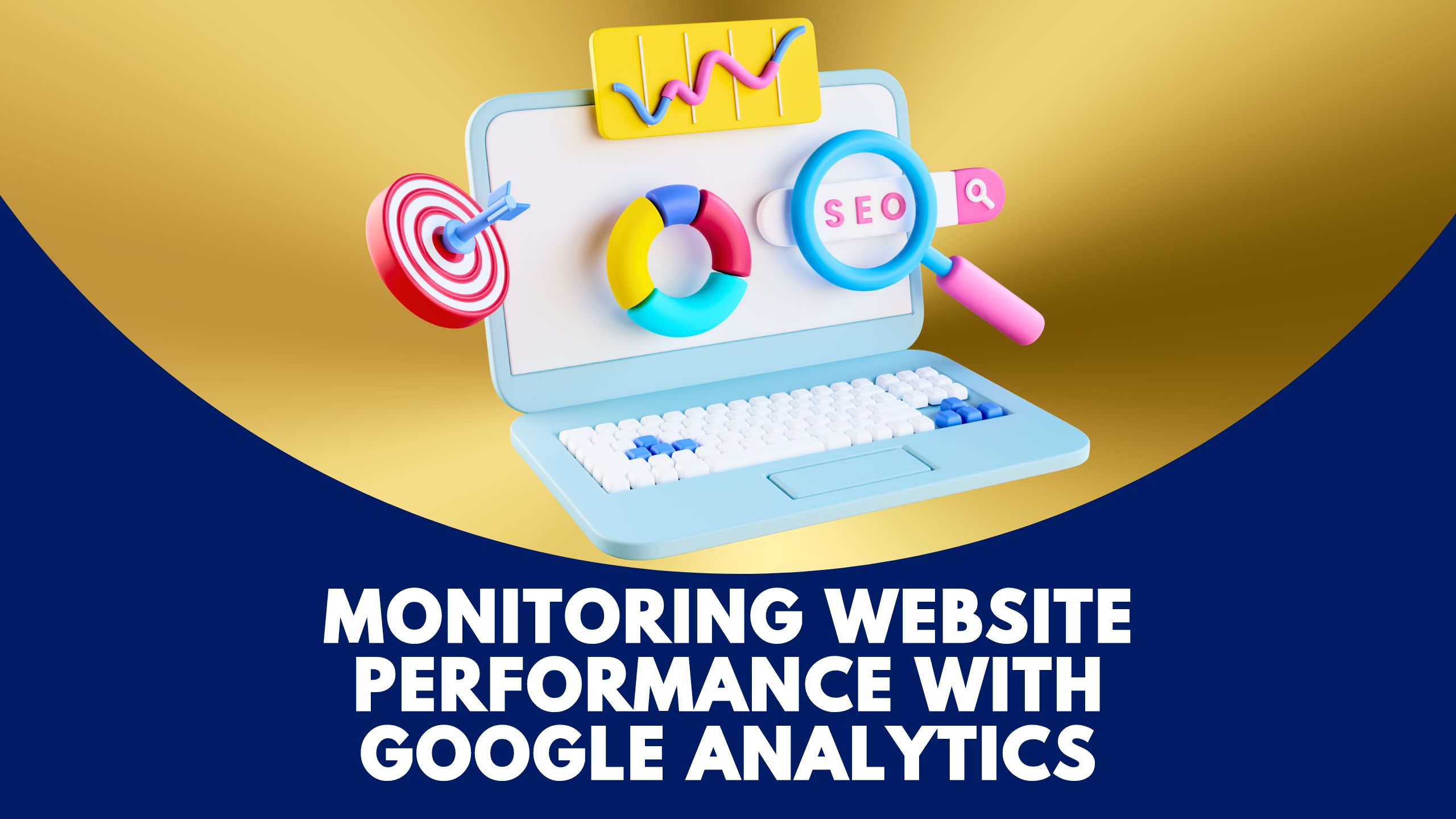
If you found this article helpful and need help with your website conversion, contact us for a FREE CRO Audit

